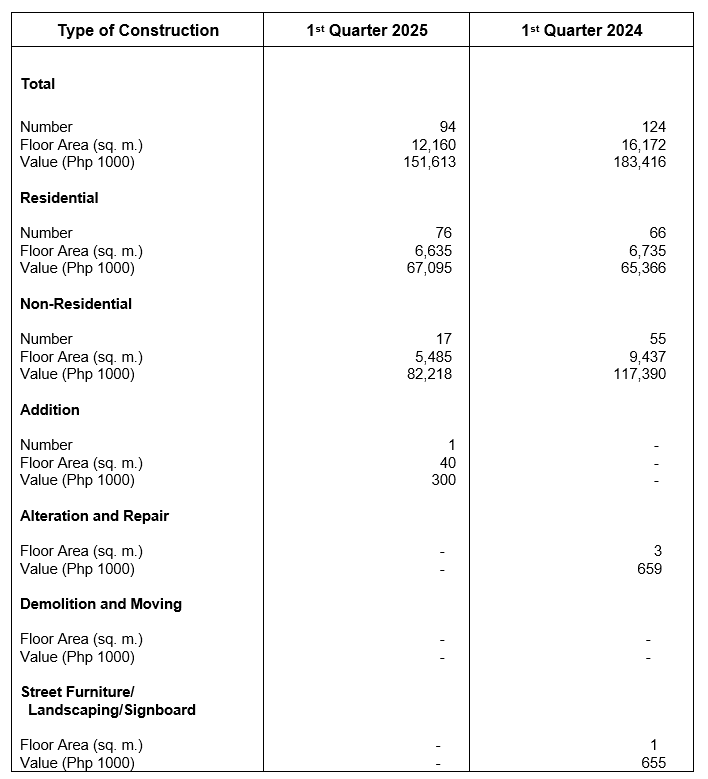
Total number of approved building permits decreases
Approved building permit applications for the first quarter of 2025 posted a decrease of 31.9% or 94 approved applications compared to last year of the same period which is 124 approved applications. The decrease also applies to non-residential constructions. Residential construction on the other hand posted an increase of 15.2% or 76 approved applications from 66 approved applications in the same period last year. Out of the approved applications of the same period, 80.9% were residential constructions. (Figure 1)
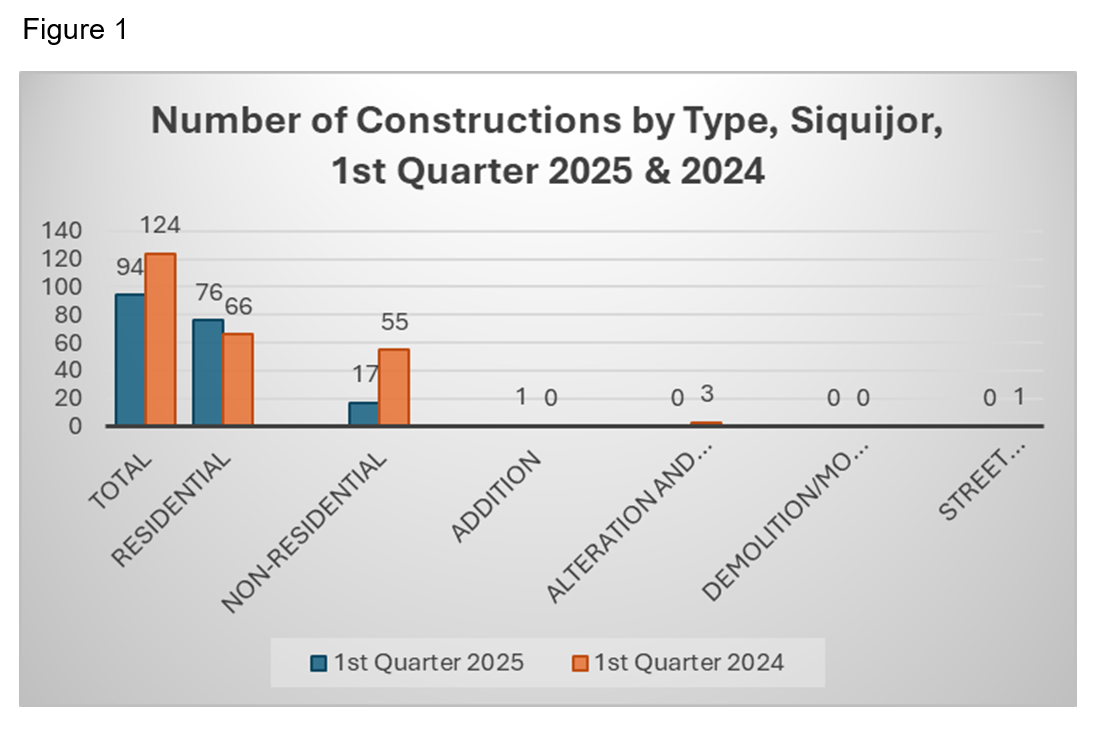
Total value of construction decreases
Total value of construction from approved building permits for the first quarter of 2025 was registered at Php 151.6 million against Php 183.4 in in the same period last year or a decrease of 21 percent.
Non-residential construction projects had the highest total value of constructions at Php 82.2 million or 54.2 percent of the total value of construction for said period followed by residential buildings with Php 67.1 million. Meanwhile, the total value of addition was estimated at Php 300 thousand. There were no approved applications for alteration and repair and other forms of constructions. (Figure 2 & 3)
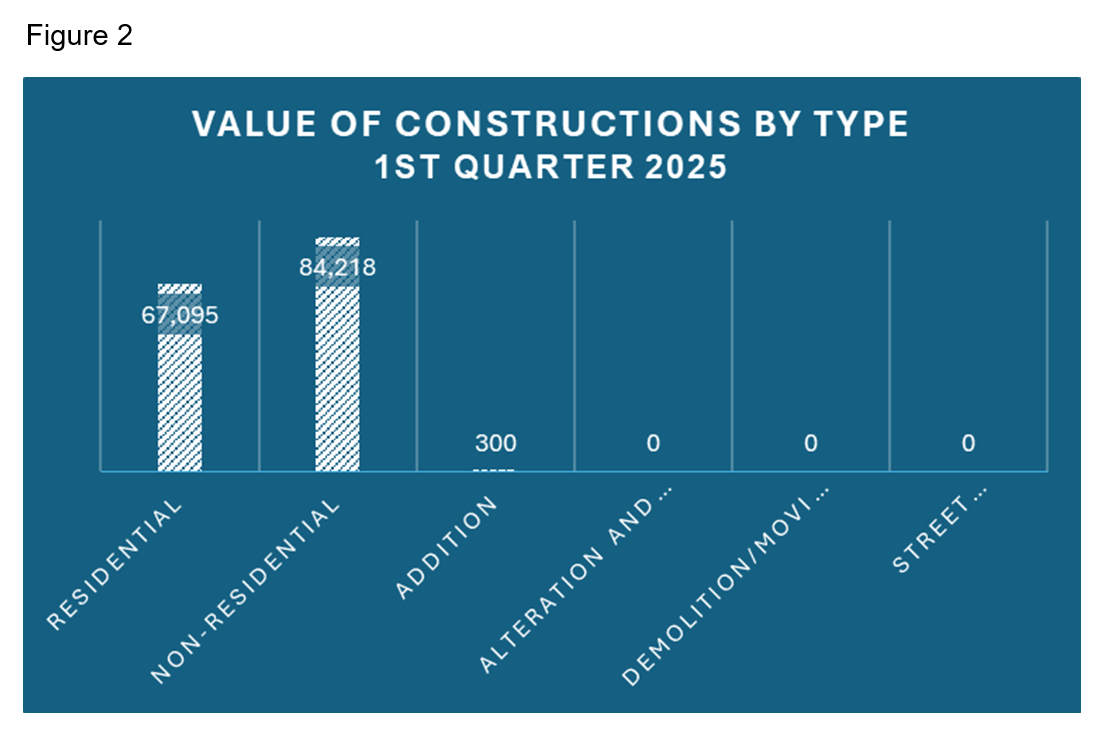
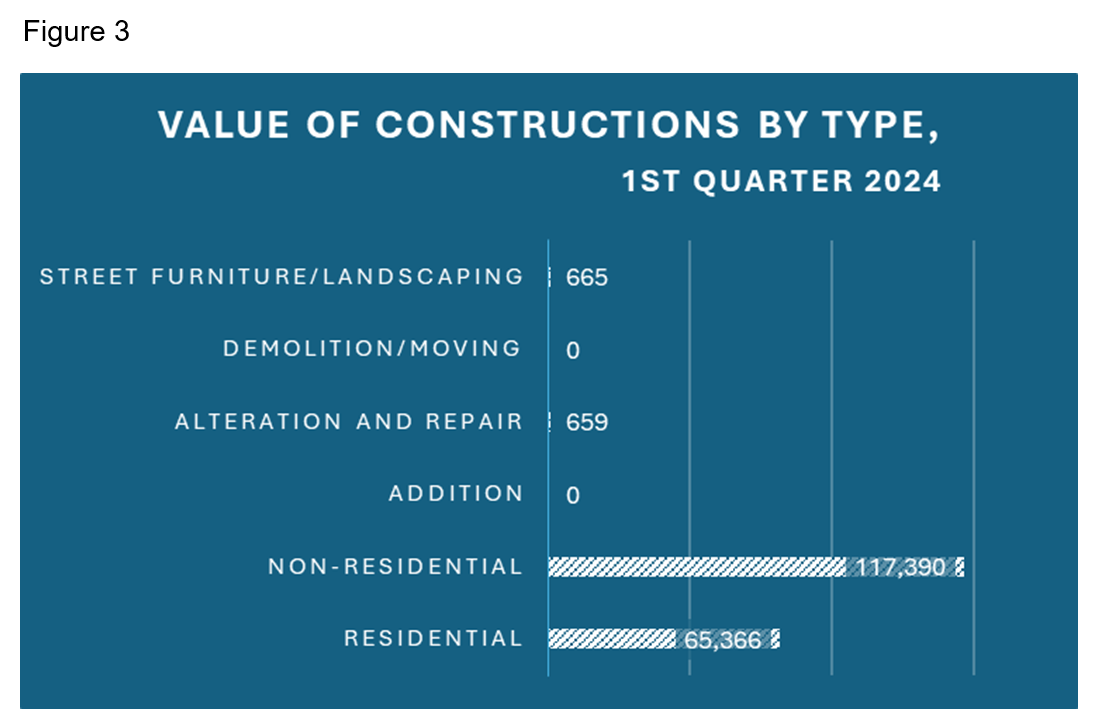
Average cost per square meter of residential building constructions is Php 10,112
Total value of construction for residential buildings in the first quarter of 2025 was valued at Php 67.1 million with a total floor area of 6,635 square meters. This translates to an average cost of Php 10,112 per square meter. The average cost per square meter was at Php 9,705 in the same period last year.
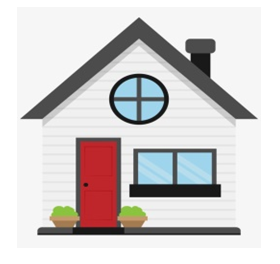
Average cost per square meter of non-residential building constructions is Php 15,354
Total value of construction for non-residential buildings in the first quarter of 2025 was Php 84.2 million with a total floor area of 5,485 square meters. This translates to an average cost of Php 15,354 per square meter. The average cost per square meter was at Php 12,439 in in the same period last year.
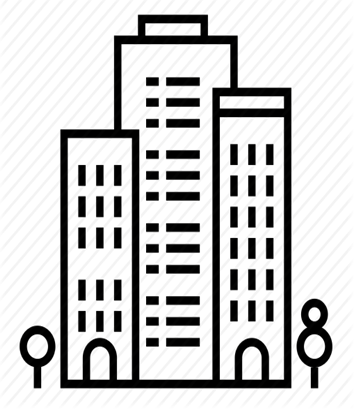
TECHNICAL NOTES
CONSTRUCTION STATISTICS FROM APPROVED BUILDING PERMITS
Introduction
This special release presents the preliminary data on construction statistics from approved building permits for the years 2023 and 2022.
Scope and Coverage
Constructions statistics from approved building permits relate to the administrative-based data on new construction and additions, alterations and repairs of existing residential and non-residential buildings and other structures proposed to be constructed in all cities and municipalities nationwide in a specific period.
Source of Information
Constructions statistics are compiled by the Philippine Statistics Authority (PSA) from the copies of original application forms of approved building as well as from the demolition permits collected every month by the PSA field personnel from the Office of the Local Building Officials (LBOs) nationwide in a specific period.
LIMITATIONS:
- Data on private building constructions refer to those proposed to be constructed during the reference period and not to construction work completed during the reference period.
- The completeness of the number of building permits collected relies on the approval of applications filed with the Office of the Building Officials (LBOs). Hence, private building constructions without approved building permits are excluded form the tabulation of data.
Geographic Classification
Private building constructions are classified and presented by the geographic area using the Philippine Standard Geographic Classification (PSGC). The PSGC contains the latest updates on the official number of provinces of Region VII.
The geographic codes are in accordance with NSCB Resolution No. 3, Series of 2005 that approved the PSGC.
Industry Classification
Construction statistics utilizes the amended 1994 Philippine Standard Industrial Classification (PSIC) to classify the main activity though the use type of occupancy of the building.
Definitions of Terms:
Building Permit is a written authorization granted by the Local Building Official (LBO) to an applicant allowing him to proceed with the construction of a specific project after plans, specifications and other pertinent documents have been found to be in conformity with the National Building Code (PD 1096).
Building refers to any independent, free-standing structure comprised of one or more rooms or other spaces, covered by a roof and enclosed external walls or dividing walls, which extend from the foundation to the roof.
Construction refers to all on-site work done from site preparation, excavation, foundation, assembly of all the components and installation of utilities and equipment of building/structures.
Residential buildings are buildings for which its major parts or more than half of its gross floor area is built for dwelling purposes. This type of building can be of the single type, duplex, and apartment and/or accessories and residential condominium.
Single house is a complete structure intended for a single family or household, i.e. bungalow, 2-story house, nipa hut.
Duplex house is a structure intended for two households, with complete living facilities for each; it is a single structure divided into two dwelling units by a wall extending from the floor to the ceiling.
Apartment is a structure, usually of two storeys made up of independent living quarters, with independent entrances from internal wall and courts.
Accessoria is one or two-floor structure divided into several dwelling units each dwelling unit having its own separate entrance from the outside.
Residential condominium is a structure, usually of several storeys, consisting of multiple dwelling units.
Other residential constructions consist of school of company staff houses and living quarters for drivers, maids and guardhouses.
Non-residential buildings include these type of buildings: Commercial, Industrial, Agricultural and Institutional Buildings.
Commercial buildings refer to office buildings and all buildings which are intended for use primary in wholesale, retail and service trades; i.e. stores, hotels, restaurants, banks, disco houses etc.
Industrial buildings are buildings which are primarily engaged in providing educational instructions and hospital/health care; ports, airports and other government buildings; i.e. schools, museums, libraries, sanitaria, churches, hospitals.
Agricultural buildings are buildings used to house livestock, plants and agricultural products such as barns, poultry houses, piggeries, stables, greenhouses and grain mills.
Other non-building constructions include cemetery structures, street furniture, waiting sheds, communication towers, etc.
Addition refers to any construction which increases the height or area of an existing building/structure.
Alteration is a construction in a building/structure involving changes in the materials used, partitioning and location/size of openings, structural parts, existing utilities and equipment but does not increase the overall area thereof.
Repair is a remedial work done on any damaged or deteriorated portion/s of a building/structure to restore its original condition.
Demolition refers to the systematic dismantling of destruction of a building/structure or in part.
Street Furnitures are street structures which consist of monuments, waiting sheds, benches, plant boxes, lampposts, electric poles and telephone poles.
Floor area of building refers to the sum of the area of each floor of the building measured to the outer surface of the outer walls including the area of lobbies, cellars, elevator shafts and all communal spaces in multi-dwellings. Areas of balconies are excluded.
Total Value of Construction refers to the sum of the cost of building, electrical, mechanical, plumbing and others. The value is derived from the approved building permits and represents the estimated value of the building or structure when completed.
(SGD) JOSELITO C. MAGHANOY
(Supervising Statistical Specialist)/
Officer-in-Charge

